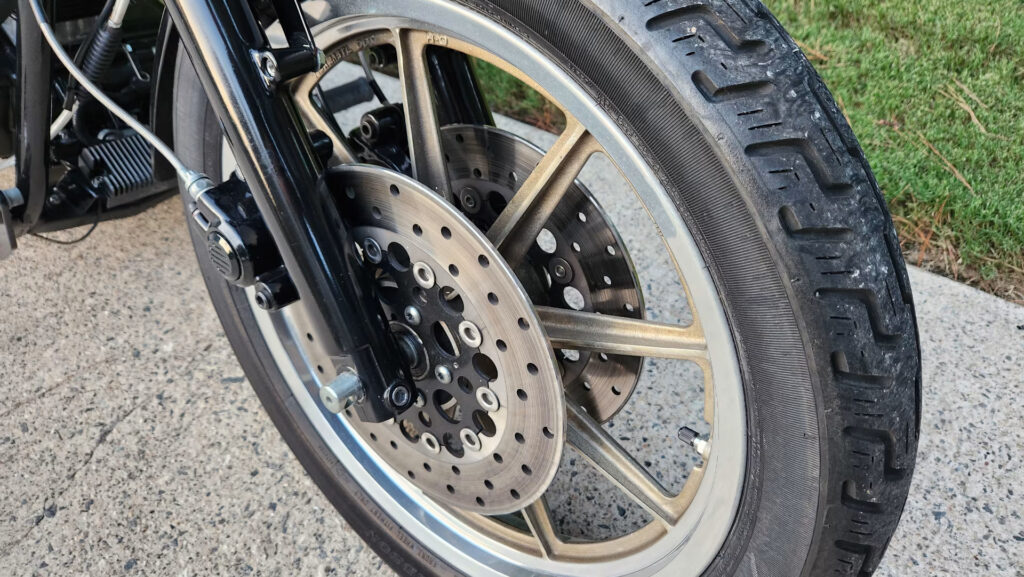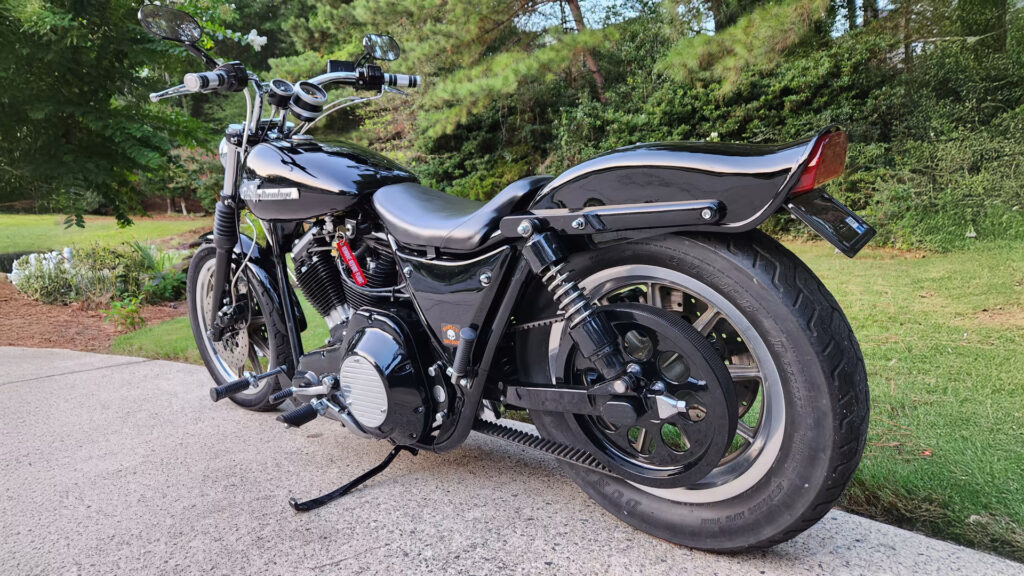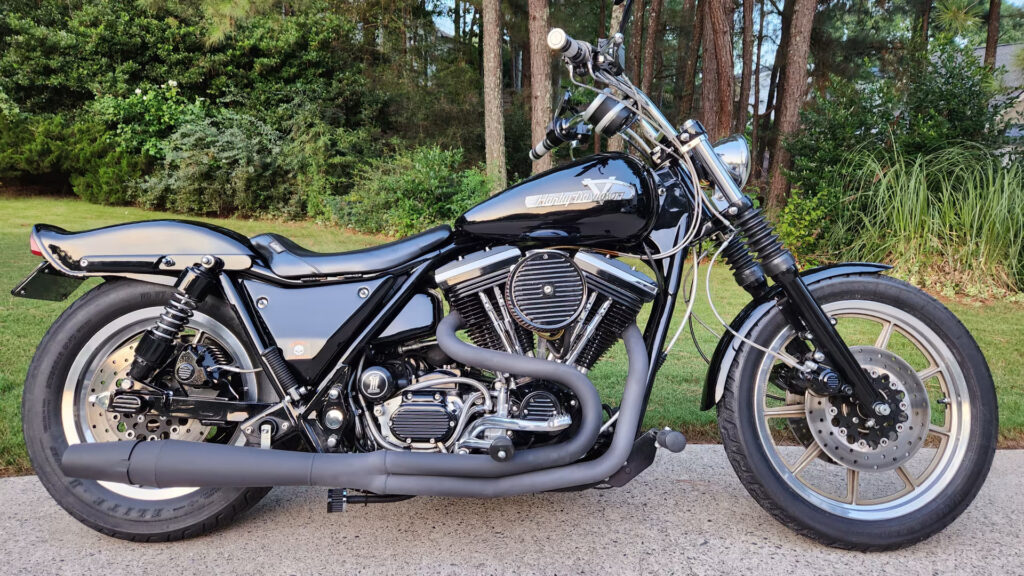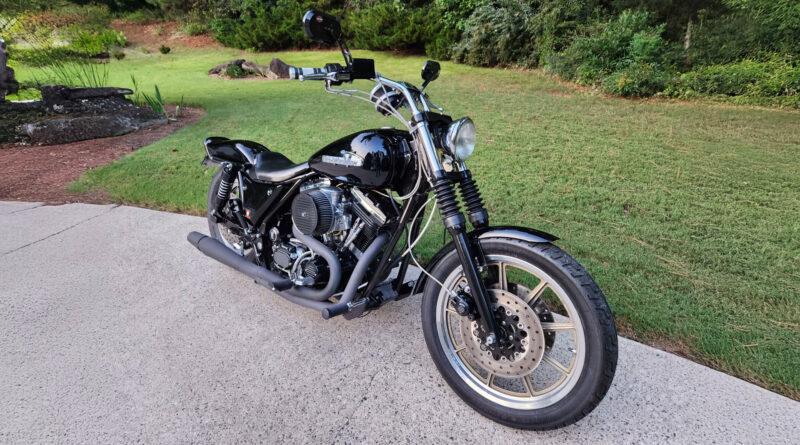The Forgotten Harley-Davidson That Was Too Good for Its Time
When you think of legendary Harley-Davidson motorcycles, names like the Fat Boy, Softail, and Sportster often come to mind. But tucked away in the company’s history is a truly underrated gem — the Harley-Davidson FXR. Produced from 1982 to 1994, with limited revivals, the FXR is one of the best-handling Harley cruisers ever made, yet it remains forgotten by many. Here’s why the FXR deserves a comeback in the spotlight.
What Is the Harley-Davidson FXR?
The FXR was Harley-Davidson’s answer to riders who craved performance and stability in a cruiser. Designed during a time of financial and creative struggle for the company, the FXR stood out for its rigid, triangulated steel frame and rubber-mounted engine, offering unmatched ride quality for its era. One of the most fascinating facts? Erik Buell, the visionary behind Buell Motorcycles, had a hand in engineering its superior chassis.
Why the Harley-Davidson FXR Was Overlooked

Despite being ahead of its time, the FXR didn’t gain much traction in the market. Here’s why:
- Softail overshadowed it: Harley riders in the ’80s and early ’90s preferred the classic hardtail look, which the Softail models delivered more convincingly.
- Not “Harley” enough: The FXR’s performance-oriented approach didn’t align with the laid-back cruiser culture Harley was known for.
- Modified to death: Many FXRs were chopped, customized, and heavily ridden, making clean, stock examples rare today.
The FXR didn’t fit the mold of the typical Harley-Davidson, which ironically became its biggest strength and greatest curse.
What Made the FXR Special

The FXR was a cruiser designed for people who actually wanted to ride hard. Here’s what set it apart:
- Superior Handling: Thanks to its stiff frame and rubber-mounted V-twin engine, the FXR offered significantly better cornering and high-speed stability than its peers.
- Evolution Engine (Post-1984): The introduction of the Evolution engine made the FXR even more reliable, smooth, and performance-friendly.
- Cult Following: Over the years, the FXR has become a favorite among custom builders and stunt riders, particularly in the Dyna and performance Harley scenes.
The FXR’s Legacy and Revival

While the FXR was discontinued in favor of more market-friendly models, its cult status has only grown. Riders today recognize it as the best-handling Harley cruiser of its time. Some limited revival runs and custom shops have brought FXR-inspired builds back to life, and Harley even nodded to it with modern “performance bagger” and “club-style” designs.
To round up, the Harley-Davidson FXR is a classic case of a motorcycle being too good — and too different — for its own good. For those in the know, the FXR represents everything Harley could have been in the performance cruiser segment decades ago. If you ever come across one, especially in stock or lightly modified form, it’s worth a second look — and maybe even a place in your garage.

